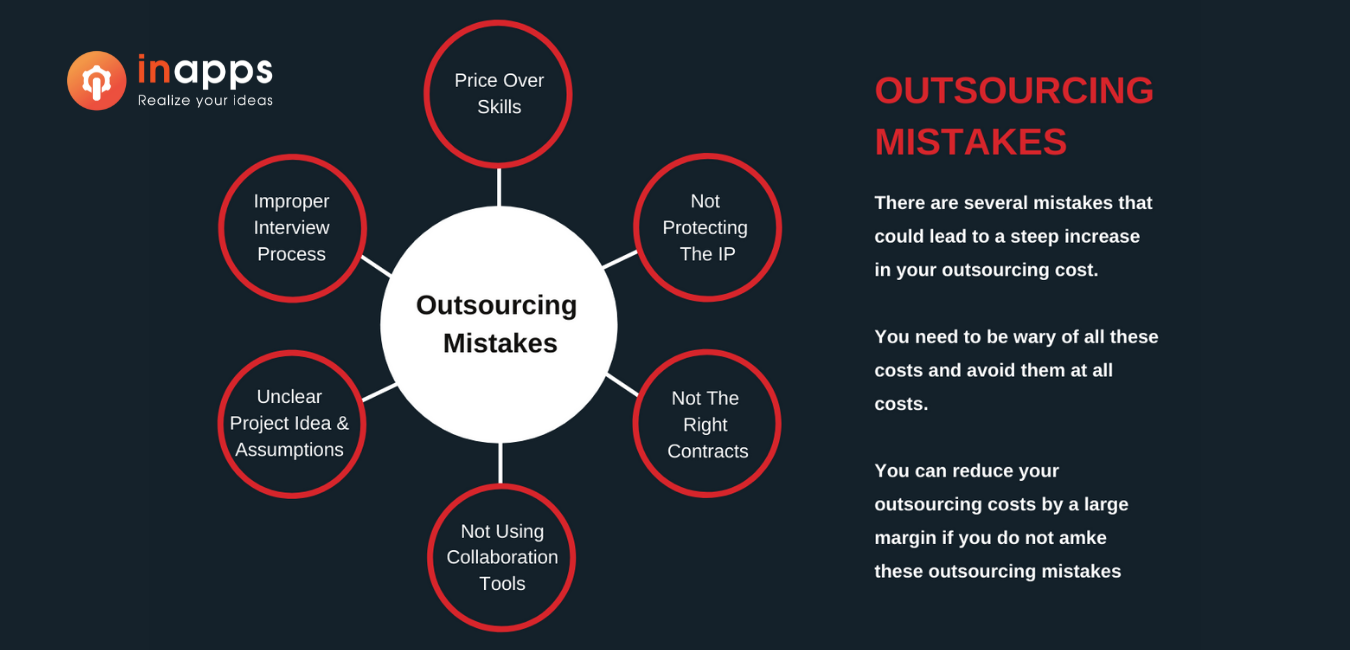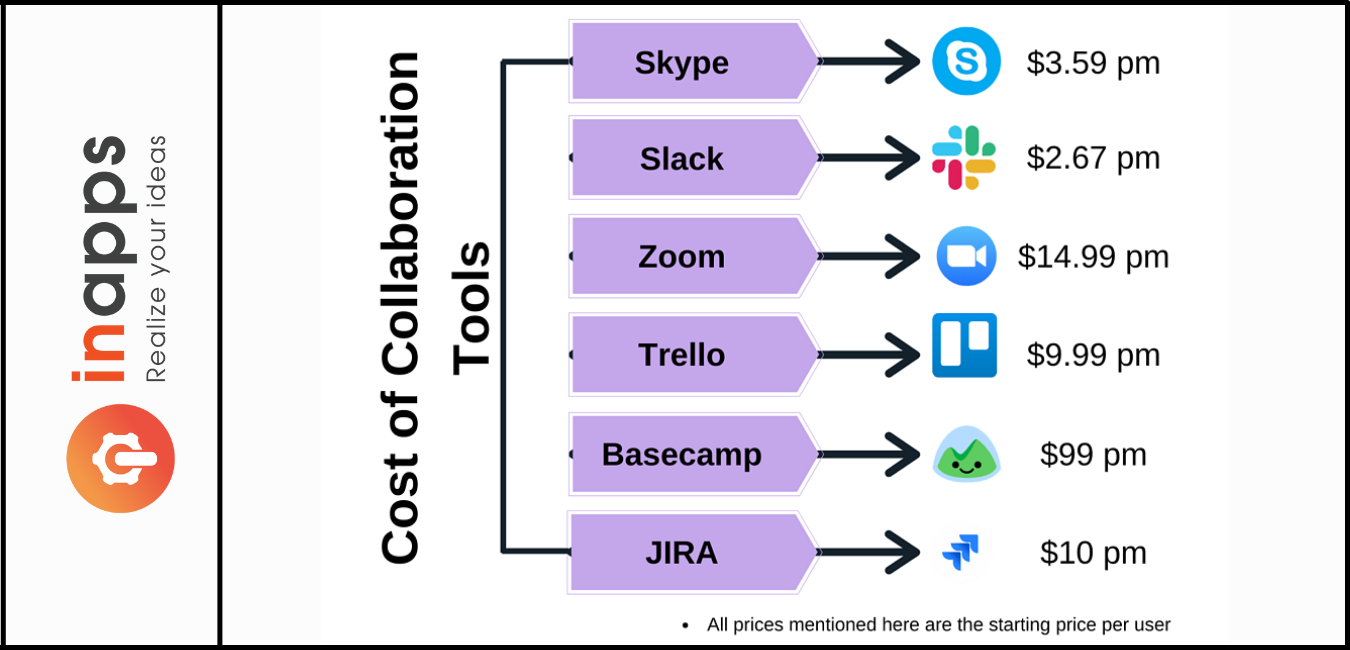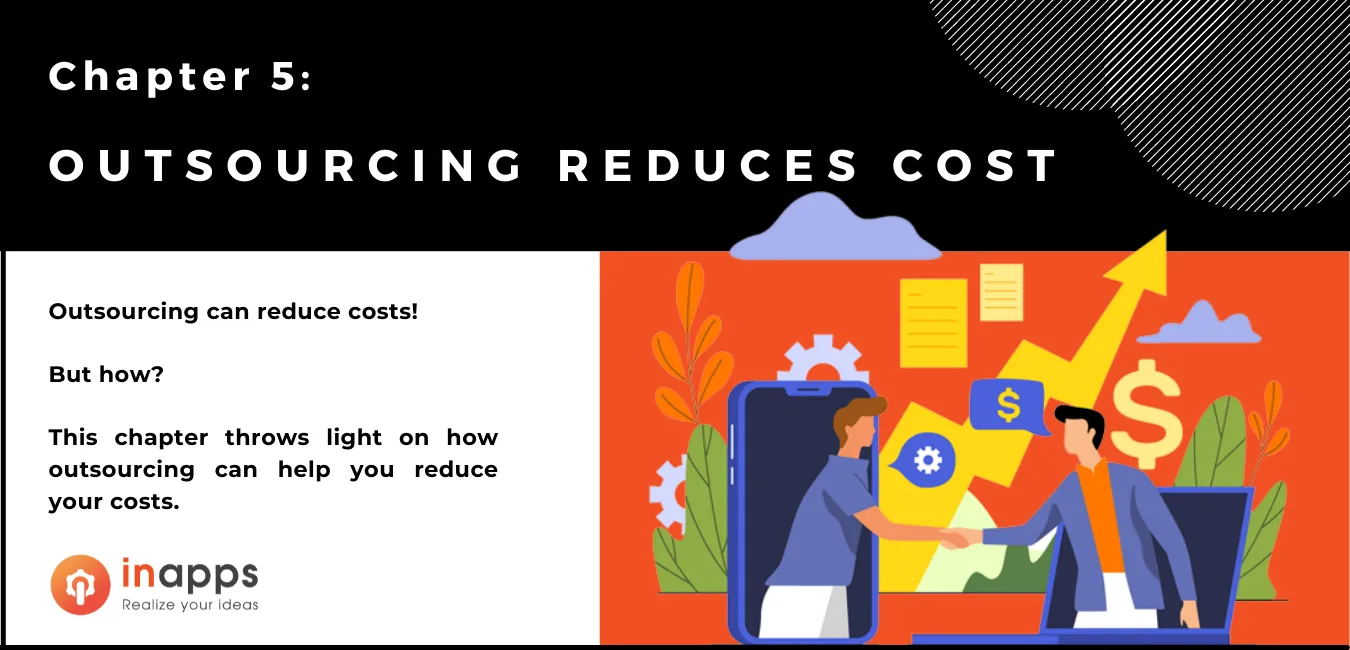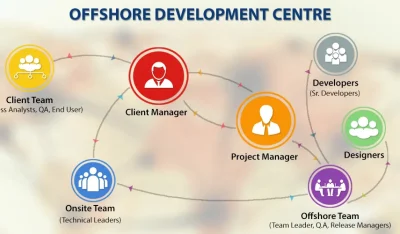- Home
- >
- Offshore News
- >
- How Does Outsourcing Reduce Costs In Software Development?
Have you ever wondered why so many companies, from startups to multinational corporations, are outsourcing their software? The simple answer: to save money. But how does outsourcing reduce costs? In this post, we’ll dive into software outsourcing and reveal how it can lead to substantial cost reductions for SMEs.
Get ready to explore actionable insights that could transform your cost management strategy.
How does software outsourcing reduce costs?
How does software outsourcing reduce costs? Outsourcing software development is a smart move for businesses looking to cut costs. It taps into a global talent pool, reduces overhead, and minimizes training expenses.
Lower Labor Costs
Labor costs often constitute a significant portion of the expenses in software development projects. Outsourcing allows businesses to access a global talent pool where labor costs vary significantly. For instance, countries like Vietnam, Ukraine, and the Philippines offer competitive rates for skilled developers compared to North American or Western European rates.
Learn more: Offshore Software Development Rates by Country 2024
This discrepancy allows companies to save on salaries, benefits, and training costs without compromising quality. A specific example includes a U.S.-based company saving up to 60% on development costs by outsourcing to Asia, leveraging the lower cost of living and favorable exchange rates, while still accessing top-tier talent.
Reduced Overheads
One of the critical ways outsourcing reduces costs is by significantly lowering overhead expenses. When companies outsource software development projects, they effectively transfer the responsibility for many of the day-to-day operational costs to the outsourcing provider. These costs can include utilities, office space, and hardware, which can be substantial, especially in high-cost locations.
For example, maintaining a dedicated in-house development team requires significant investment in IT infrastructure and office space. By outsourcing, a company can bypass these expenses, paying only for the development services. This arrangement is particularly beneficial for small to medium-sized enterprises (SMEs) or startups that may not have the resources to afford extensive office space in prime locations or the latest technology.
The outsourcing partner, due to economies of scale and perhaps being located in a region with lower living costs, can offer these services at a lower rate. This illustrates how outsourcing reduces costs by minimizing the fixed and variable overheads that a company must manage, allowing them to allocate resources more efficiently and focus on core business operations.
Reduced Training Costs
Training in-house teams, especially in the rapidly evolving field of software development, can be both time-consuming and expensive. Technologies and programming languages are constantly changing, requiring ongoing education and certification for developers.
Outsourcing provides access to a pool of professionals who are already trained and experienced in the latest technologies. For instance, if a company needs to develop an application using a new programming framework, it can outsource this task to a team that specializes in that framework, rather than investing in training for its in-house staff. This not only saves on the direct costs of training but also speeds up the development process, as there is no learning curve associated with the project.
Risk Mitigation
Risk mitigation is another critical area where outsourcing can help reduce costs. The responsibility of dealing with project risks, such as deadline slippage, quality issues, or technology changes, is shared with or transferred to the outsourcing partner. This sharing of risk reduces the potential financial impact on the company.
Moreover, experienced outsourcing firms have established risk management frameworks and methodologies to deal with such issues efficiently, further reducing the likelihood of costly project overruns or failures. A practical example is when a company outsources the development of a new software tool, the outsourcing firm uses its experience and methodologies to anticipate and mitigate risks that could have led to budget overruns.
Top Outsourcing Mistakes to Avoid For Cost-Effective Outsourcing
Outsourcing is a cost-saving way to manage your operation to increase efficiency and results expertly. Still, as with any business, there are some problems and mishaps that could put you off. There will also be some outsourcing myths that you will need to debunk. But while these problems and failures are just a stepping stone to your success, certain mistakes can put you on the outsourcing mistake list. Let’s clear up some of these:

1. Choosing the cheapest or most expensive developer
When a business looks to outsource, choosing a developer based on price alone—whether they’re the cheapest or the most expensive—can be a big mistake. You might think going for a low-cost developer, especially one from another country, will save your company money. Or, you might believe that choosing the most expensive developer means you’re getting the best service. Both thoughts could lead you in the wrong direction.
Choosing the cheapest option might mean you end up with work that doesn’t meet your standards. But paying a lot doesn’t always mean you’ll get the best quality either. It’s important for businesses to take their time and really look at what a developer can do before deciding. This way, you make sure you’re getting good value and quality work for your company’s outsourcing needs, saving time, money, and resources in the long run.
2. No investment in collaboration tools
A significant challenge in outsourcing, especially in IT projects, is communication. In fact, around 57% of outsourcing mishaps are due to collaboration and communication issues. Unlike in-house operations where you can simply walk over to a colleague’s desk for a quick chat or brainstorming session, outsourcing requires a different approach to ensure clarity and alignment.
Miscommunications can lead to lost ideas or critical details slipping through the cracks. However, this hurdle can be overcome by utilizing effective collaboration tools. These tools bridge the gap, enabling seamless interaction and bringing outsourced team members and in-house staff onto a single platform. Investing in the right collaboration tools is crucial; it’s not just about having the tools but choosing ones that fit your project’s needs.
While many collaboration tools offer free versions, investing in premium features might be necessary for more complex projects. These tools are key in maintaining open lines of communication, ensuring project success, and ultimately showing how outsourcing can reduce costs by preventing misunderstandings and delays.

3. Not interviewing remote developers properly
Not interviewing remote developers carefully is like skipping a crucial step. Just like any team member who works right next to you, the developers you choose will turn your ideas into reality.
It’s important to interview them just as thoroughly as you would an in-house staff member. This means talking about their work in product development and understanding how they fit with what you need. Finding the right person or team is key to making sure your project succeeds.
4. Unclear goals and unspoken assumptions
Making assumptions in outsourcing can cause big problems. It’s important to be clear about everything, even the small stuff. Don’t just think your developer knows what you want; tell them directly. This helps avoid costly mistakes.
Communication is key to success in outsourcing. For example, saying “develop software that stores employee information” is too vague. This could lead to many different outcomes, but maybe not what you expect. To get exactly what you want, you need to be specific about your project’s goals and scope.
Take product development outsourcing as an example. If you mention the features you want and set a budget, don’t assume upgrades are included. Costs that seem fixed internally might not be the same with outsourcing. Always state clearly what you expect from your outsourcing partner to avoid any surprises.
5. Skipping Detailed Contracts
Not having the right contract is a big mistake. It’s not about saying everything out loud; it’s about including everything important in the outsourcing contract. This contract ensures that everything agreed upon is delivered. So, take care when creating it. Every detail about the project, expectations, and deliverables should be clearly outlined. This avoids misunderstandings and ensures both parties know what’s expected.
6. Failure to protect your intellectual property
Many companies, especially startups, overlook the importance of legally protecting their intellectual property (IP). For a startup, your unique ideas and creations are your most valuable assets. It’s critical to use legal safeguards to protect your IP. This means making sure contracts with your outsourcing partners include clauses that protect your intellectual property rights. Without these protections, you risk exposing your valuable assets to potential misuse or theft.
Read more: Top 10 Risks of Software Outsourcing
Outsourcing Tips To Get The Best Bang For Your Buck
Looking to maximize your investment in outsourcing? Here are key tips to ensure you’re getting the best value for your money.
1. Have a process that encourages flexibility
For business owners, outsourcing becomes smoother with a clear process in place, and agile methodology is a prime choice. Agile breaks down work into short sprints, enabling incremental progress. It’s proven that agile projects are 28% more likely to succeed, offering a reliable path for those looking to outsource.
This methodology enhances product development through repeated cycles of creation, testing, and launch. It allows for timely adjustments, ensuring the final product is both high-quality and delivered on schedule. Agile is known for fostering greater transparency and teamwork. Moreover, agile can be tailored to fit your startup’s unique workflow, making it a versatile option for enhancing your outsourcing strategy.
However, the greatest advantage of the agile approach is that it works effectively with mini-deliverables: As a startup, you neither have the resources to commission one person to examine the project management in detail nor do you have the extra funds to pay for a totally failed or different end product, so the best way out in this case is to create mini-sales that could be tailored to the sprints formulated by the outsourcing company, without giving in completely and excluding any possibility of completely different delivery.
4. Prioritize Skills Over Cost
Choosing a remote developer based solely on price is a common error. A more effective approach is to evaluate outsourcing providers by their skills and expertise. Consider the specific technologies or technology stack they specialize in. It’s wise to review a developer’s portfolio to assess their experience and the breadth of projects they’ve worked on within your required technology stack.
It’s not enough for a developer to list skills on their resume; they should have a portfolio that demonstrates their hands-on experience with those technologies. Look for evidence of substantial work and success in projects similar to yours. This ensures you partner with someone whose capabilities align with your project’s needs, rather than making a choice based on cost alone.
5. Begin with Small Projects to Understand Outsourcing
Jumping into outsourcing by transferring all operations at once can be overwhelming. A more strategic approach is to start small, perhaps with a project outside your main expertise. This gradual initiation allows you to gauge the outsourcing company’s effectiveness and profitability. If the initial projects meet your expectations in terms of efficiency and quality, you can confidently expand your outsourcing efforts.
6. Tackle High-Priority Tasks First
Prioritizing tasks is crucial when outsourcing. Focus first on high-priority projects. This ensures that, even with limited time or budget, you can scale back the outsourcing relationship if necessary, while still achieving a Minimum Viable Product (MVP) or a project close to completion. This strategy demonstrates how outsourcing reduces costs by ensuring essential tasks are addressed first, allowing for more flexibility in managing your resources and timeline.
7. Getting Started with MVP Development
A smart move when beginning to outsource is to focus initially on developing a Minimum Viable Product (MVP). MVP development is especially critical for startups, as it offers a tangible way to assess the outsourcing company’s capabilities. By starting with an MVP, you get a firsthand look at the quality of their work and how well it aligns with your expectations and those of your target audience.
If the MVP meets your standards and receives positive feedback from users, it sets a solid foundation for continuing the outsourcing partnership for further development. This approach has been a stepping stone for many successful companies, including giants like Uber, Airbnb, and Spotify, showcasing its effectiveness in the startup ecosystem.

8. Take the Hybrid Approach
Read more: How to choose the right app developer for your project?
InApps Technology – your trusted outsourcing partner
InApps Technology is a customer-oriented company that offers complete solutions for web development, IT services, product development, application development, and much more. User-centered products and solutions.
We help startups with end-to-end product development, including project management, documentation, development, testing, and growth. From the product idea to development and growth, we help startups to be successful.
Read more: Outsourcing Costs Vs. In-house Costs: How to analyze and calculate?
Let’s create the next big thing together!
Coming together is a beginning. Keeping together is progress. Working together is success.




















